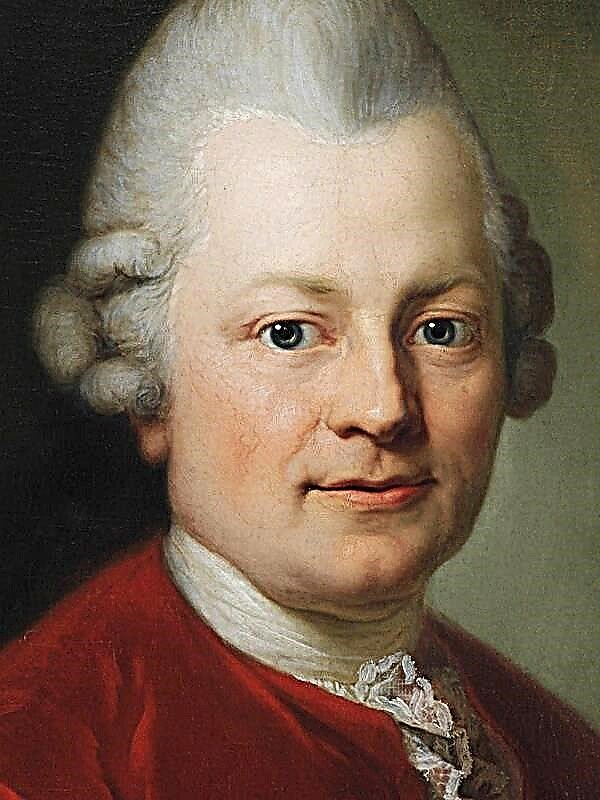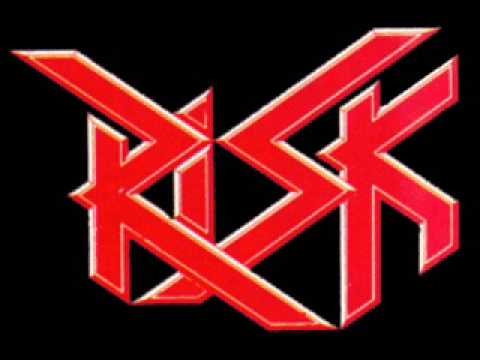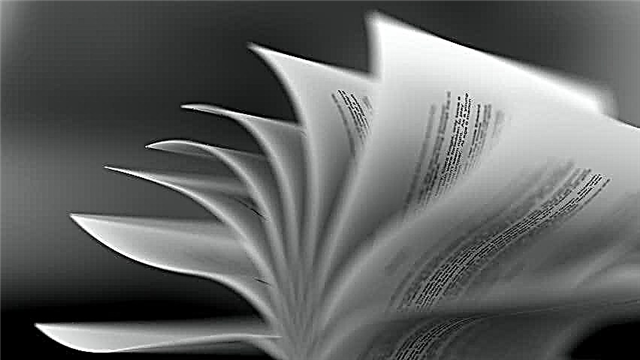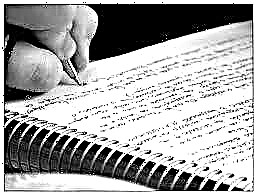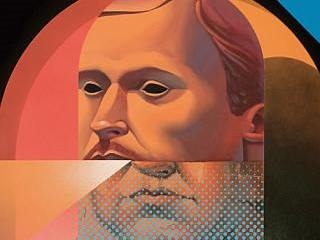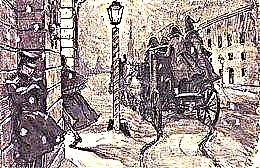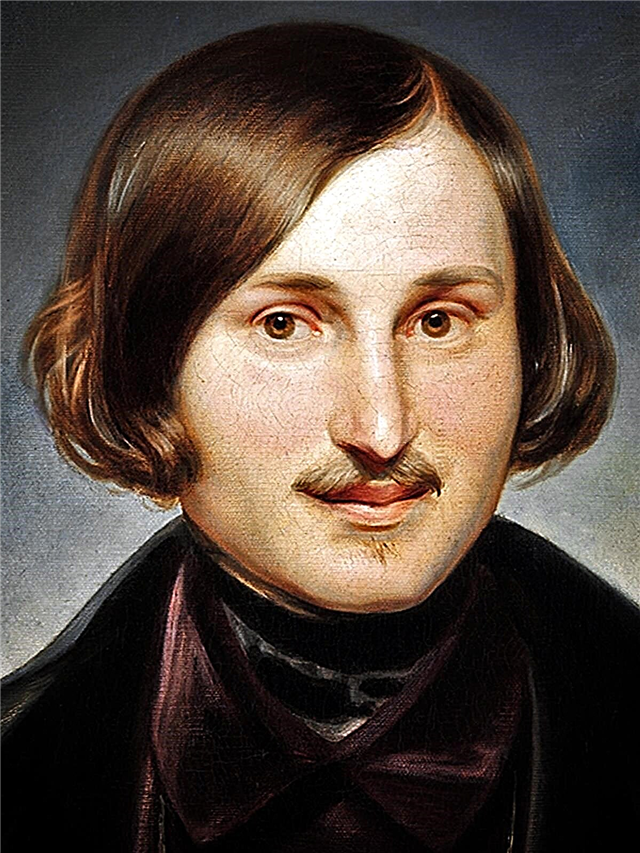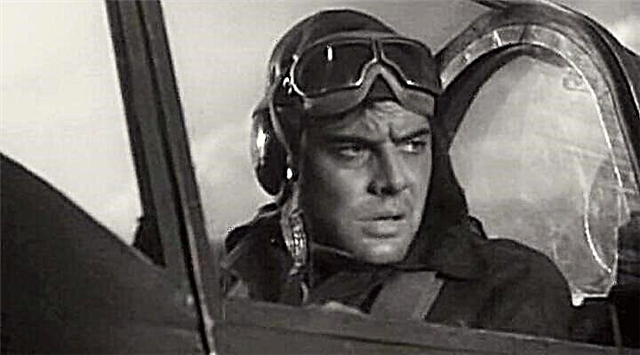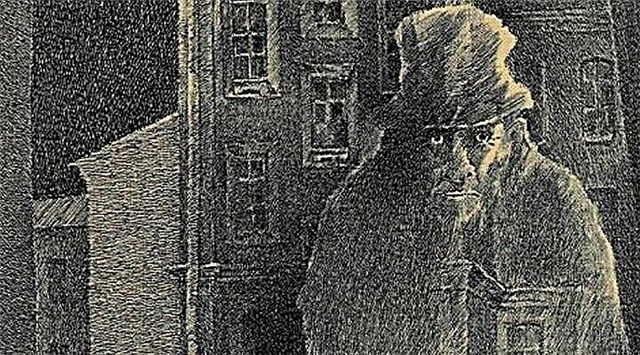Ivan Alekseevich Bunin was a master of psychological portraits in his works. He was interested in the attitude of various sectors of society: from peasants to landowners. For the most part, his gaze was directed not so much at their way of life as at the inner world of man and his emotions. He generously shares the results of his observations with readers. One of the vivid examples of the description of the peasant's inner world is the story “Cuckoo”.
History of creation
Story I.A. Bunin's “Cuckoo” was written in 1898. The work belongs to the early period of the writer's work, when Bunin was interested in the ideas of everyday life of simple peasants and the depiction of the hard life of a Russian person. Stories with similar themes are usually combined in a prose cycle about the Russian village. Bunin has this too. The story "Cuckoo" was included in the collection dedicated to the work of the writer of 1887-1909.
The story of the story can be found in Bunin's desire to travel around Russia and talk with people. One of these intimate conversations became an occasion for writing a work. Contemporaries of the author have repeatedly mentioned that the writer is much more willing to happen to the reasoning of ordinary people than to representatives of his circle.
Genre and direction
The genre of the work is a story. But it is worth noting that it does not apply to realism in its purest form. Bunin's early work is usually attributed to the direction of the so-called “neorealism”. The main aspirations of this literary school were related to the desire to continue the tradition of classical realism in literature, but supplementing the works with features close to the art of symbolism. This was manifested in a clearly defined installation on the image of realistic details, life, psychological situation that surrounded the heroes of the works.
In general, the author sought to objectively recreate reality. In style, his prose resembles texts of the Golden Age of Russian literature, where the basis is a clean, measured, classical language without pretentiousness and neologisms, based on popular colloquial speech.
The meaning of the name
Bunin does not make us puzzle over the secret meaning of the title of the story. Because it literally lies on the surface. The cuckoo is popularly known as a free bird and constantly striving for loneliness. As a rule, cuckoos do not build nests and do not have permanent housing, but prefer to plant chicks in the house of other birds. This was the new owner of the guardhouse.
Perhaps the guardhouse is the only place that Cuckoo spent so long. Prior to this, the story mentioned that from time to time he simply stayed for the night where he would be accepted. That is, it turns out, like a real cuckoo, used other people's "nests".
Also with the bird of the same name our hero is connected with the fact that he is absolutely lonely. The work repeatedly emphasizes that Kukushka has no one and nothing: neither his wife, nor his house, nor his children. There is only Murzik, a cock and a cat. But having lost the first, Cuckoo is not upset. Telling the master's children that Murzik was lost, he does not show a single drop of regret, he talks about it as something completely mediocre. He does not consider this a loss. That is how the bird itself lives, because it tends to leave its children.
It turns out that the title of the story does not just mention the nickname of the protagonist, but reveals his true nature and lifestyle.
Conflict
The conflict is that Kukushka’s worthlessness is recognized even by the author himself. He is so miserable that Bunin still gives him the last chance for a relatively decent life. He gives him the opportunity to earn and live in some kind of hut, live in warmth and just be fed up. But we all understand that it is impossible to change the nature of man. No miracle happened with Cuckoo. By the will of fate, in a matter of months he again becomes a bloodless, lonely tramp, such as he was at the beginning of the work.
Obviously, in this story, Bunin wanted to emphasize that a person will not change until he himself wants it. And Cuckoo is a vivid example of someone who did not want to. Although he had every chance, for example, not only for a decent life, but also for a human demise, and not just “in a meadow near a forest frozen”. Based on this, we can conclude that the essence of the conflict is inside the hero himself.
The main characters and their characteristics
The protagonist of the story is a retired Kukushka soldier. The author describes him as a balanced person who has seen enough in the world and has come to terms with his fate. But, rather, never even thought about her. He lives as if by intuition, without special efforts to have his own shelter or family. He was a receptionist, for this, in fact, he was nicknamed Kukushka. Because he grew up without motherly affection, he did not have tender feelings for everything around him, so he parted with so much ease. He lived with his wife for just six months, he was immediately fired from all the work. But he was not upset, but took it for granted, not trying to change the course of fate. So the life of the protagonist proceeded fruitlessly and miserably. The image of a cuckoo - A kind of superfluous person who does not even want to find a place for himself. He, unlike other portraits in the gallery of extra people, is indifferent to the search for himself.
The author does not describe the character images in detail. But it is known that everyone was easy to deal with the "fool" Cuckoo: the clerk, and the master, and previous employers. No one left him a chance, and he did not ask him. The only ones with whom he aroused sympathy were “Barchuki,” the sons of the master. Perhaps, due to the lack of much experience in terms of interpersonal relations, Cuckoo easily found a common language with children, with Mitya and Kolya. And, it is likely that they were his light at the end of the tunnel, because as soon as he tried to communicate with someone, a quarter and three shirts appeared immediately. But fate, in the person of the master, did not allow him to stay among the people, so he was forced to wander on with his outstretched hand.
Storyteller role in the work is very important. It will allow you to see the hero from different angles. For example, he continues the description of the empty and cold hut, characterizing the life path of the hero. From his words we learn that a man lived so joylessly and lonely that even this joyless dwelling warmed his heart. With such comparisons, he introduces us to Kukushka so that we understand who we are dealing with and trace the causal relationship of events. In addition, the writer tells the facts from the life of the hero, his feelings and emotions - something that we would not know without his help.
Themes and Issues
- Social issues: poverty, hard work, inequality. In the works of Bunin we can trace a large number of topics and problems. First of all, the author wrote about what worried him, about which he tirelessly reflected and mentioned in diary entries. One of the most important and painful topics is the life of a simple Russian man, the share that falls on his fate, and which he is forced to bear, like a heavy cross. Poverty, permanent deprivation - all this we can read in The Cuckoo and many other works of the author.
- Problem of loneliness. The theme of heavy peasant fate is closely connected with the motive of loneliness. Bunin shows that sometimes a person himself can strive to live in constant solitude, and subtly points to the reasons for this behavior.
- Moral issues: the indifference of society to man. This is all complemented by constant reflections on life and death and the fate of a destitute person, his place in this world, which is filled with evil and vices.
Idea
The main idea is that man is nothing without any support and aspirations. Bunin wanted to say that we are full-fledged people only when we have a shelter, a vocation and a family. These life values help you choose the right guidelines and find the meaning of life.
It is on the inner experiences of the hero that the author draws attention. He shows us how a man’s state changes depending on whether he has a house and people with whom you can just talk or not. It is hard not to notice how brighter the emotions of the Cuckoo are when he caught the wolf cubs. And all because he had the desire to catch them, and he did it. Accordingly, he wanted to share this with others. At such moments, he connected with society, found with him much-needed contact. But these were only isolated cases. And Bunin portrayed them precisely for the purpose of showing the reader how much a person needs a person. This is the main idea of the work.
The attitude of Bunin to the Cuckoo - This is a whole gamut of emotions: from pity and sympathy to bewilderment, because his hero himself does nothing to change and change his life. Of course, the environment, the origin presses him, but after all, the person himself is worth something when he has the will. However, the author has more sincere sympathy than condemnation. For example, he pitifully lists the misfortunes that the wanderer suffered: his family left him by strangers, since childhood he worked away from society, being forced to earn his bread. In maturity, he was left by his wife, because at work he didn’t get stuck: they drove him from everywhere. The writer justifies his hero by saying that many of his troubles are guilty of circumstances and those who transferred this guilt to the shoulders of an unfortunate single person:
And the fact is that almost everyone spoke of Kukushka in this way, and that was one of the main reasons for his unsuitability for service and work. In the nicknames that awarded Kukushka ("slut", "unsuccessful", "loafer", "with a foolishness"), there was a large share of truth. He really did not differ in mind; but from whom was he to learn the mind?
Art tools
In the work, especially at the beginning, Bunin often uses sound recording and color image to most accurately show what is happening around. If he talks about the house, he describes every detail to make it clear how new all this is for Cuckoo. And if a thing is new, then all its properties for a person are most pronounced than when we get used to it.
Even at the beginning of the work, the author uses personification. Every little thing in the house lives and feels like an animated creature: "The light from the coals slowly died in a quiet, darkening hut."
Bunin also resorts to the use of a large number of epithets (poor (terrain), naked and deaf (meadows)) and metaphors (hut ... was illuminated by the bright jaws of the stove).
What does it teach?
This story teaches us that without a shelter, without a family, a person cannot live. Each creature needs some kind of love, affection and warmth of the hearth.
And most importantly, what the Cuckoo story teaches is that in order to get everything that was mentioned above, you just need to want it. Our hero did not have any aspirations and plans for the future, so this was his final. But Bunin teaches us that we always want the best for ourselves and for others, and simply strive for this. Each person should have a place where he can return after various troubles, from where no one will drive out, and where you can warm up and relax. Even if it is not possible to purchase such a place, you can simply find a person with whom you will be as comfortable as in a warm house.

